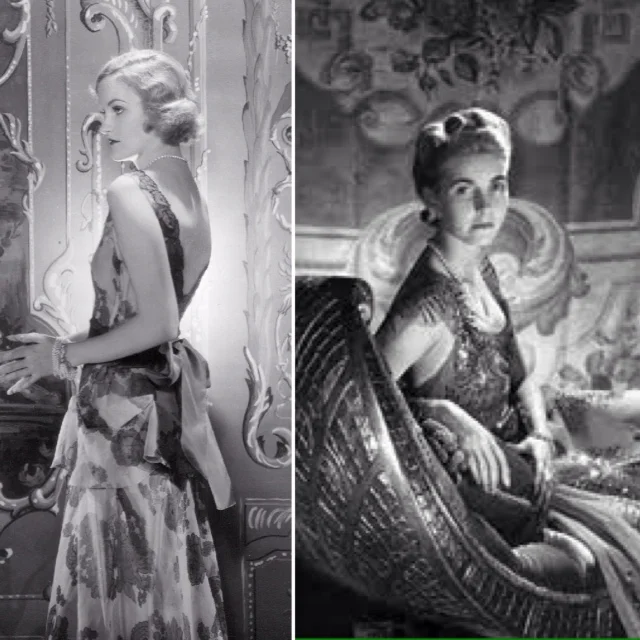Doris and Barbara: The Original Frenemies

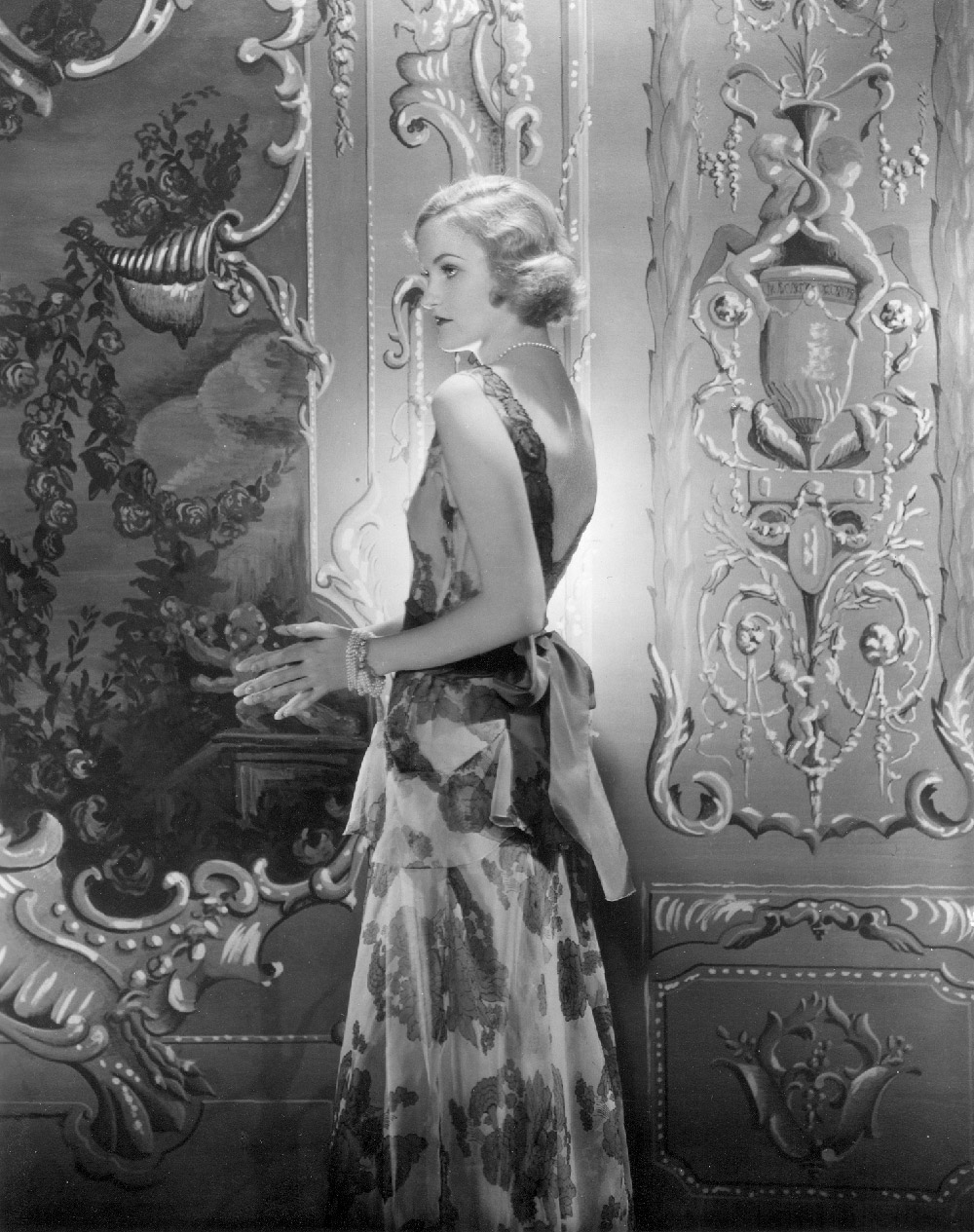
Much has been written about the glamorous, yet ultimately tragic lives of Barbara Hutton and Doris Duke the original “Poor Little Rich Girls”. Doris inherited a large portion of her father James Buchanan Duke’s estate (roughly valued between $60,000,000 and $100,000,000) after his death in 1925. Barbara inherited her late mother ‘s one-third interest of her grandfather Frank W Woolworth’s $80,000,00 estate after the death of her grandmother in 1924. Since both were minors, their fortunes were held in trust, managed by others, with generous living allowances allotted to them. Private Railroad Cars, bodyguards and armies of servants to tend to their (and their guardians) needs were part and parcel of their everyday lives. These young girls, pampered with everything money could buy, caught the public’s imagination. As they were both from New York City, born a week apart, and posessed similar sized fortunes, the popular press dubbed them “the Golddust Twins”. Although they were definitely friendly, the term "twins" would be an exaggeration. The exact nature of their relationship was a bit more complicated. They were shuttled between their multiple residences, seldom settling in any one place for more than a few months time and guarded over by watchful retainers. It was hardly an atmosphere that encouraged intimate friendships between contemporaries outside of their own family circles. However, both lost a parent at a young age, both inherited tens of millions of dollars when the average household income was under $2,000 per year, and both of their lives were subject to intense public interest and scrutiny. In this, they were part of a very select sorority, whose unique life circumstances few could fathom, let alone understand. This forged a bond between them, if not a strong friendship.
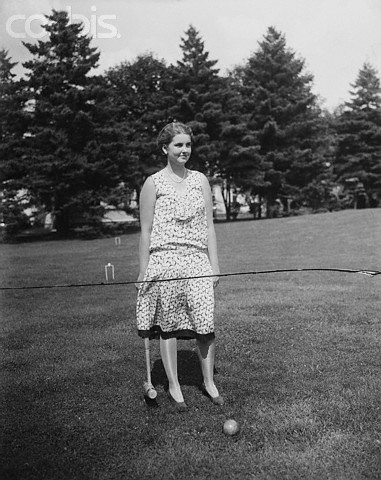
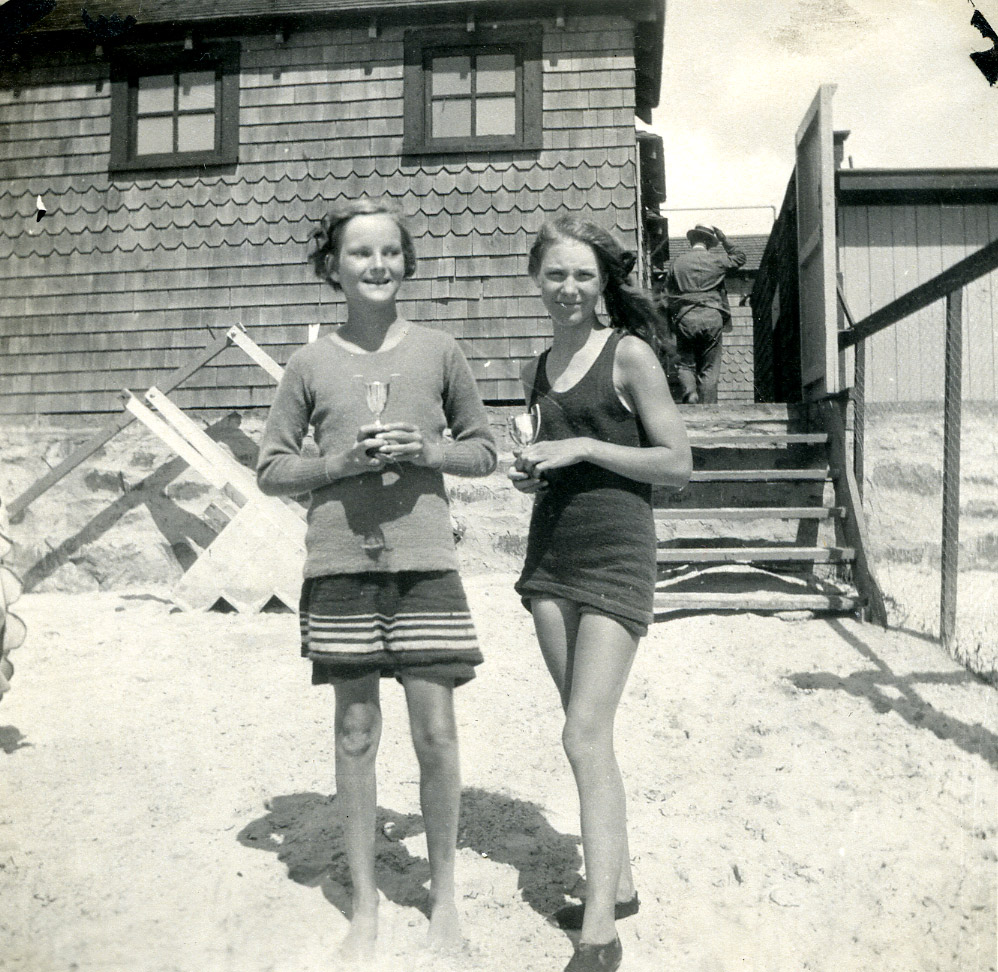
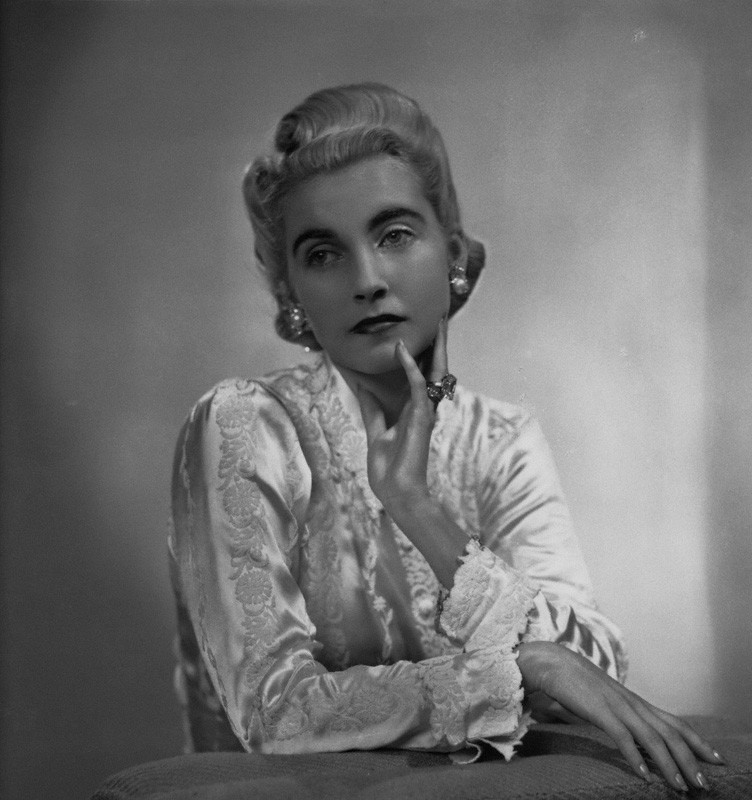
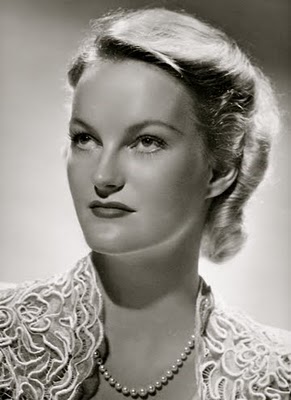
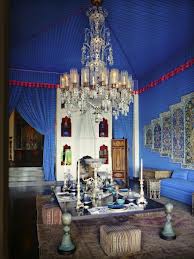
As they entered their teens, Barbara attended Miss Porter’s in Farmington. Shy, chubby, and self-conscious, she was by all accounts miserable. Doris, more outgoing and self-assured, attended Brearley in Manhattan. The both came out to society in 1930, at the beginning of the Depression. Barbara was amongst the 600 guests at Doris’s ball held in August at Rough Point, the Duke Cottage in Newport. Doris in turn was among the 1000 guests attending Barbara’s that December which was held at the Ritz Carlton in New York. When each turned 21, they began to inherit the principal of their well-invested fortunes (Barbara’s estimated at $50 million, Doris's at $70 million) launching them into a lifetime of lavish spending on homes, jewels, and husbands. They began to veer apart – Barbara (thanks in part to a severe diet leaving her with eating disorders for the rest of her days) blossomed into a porcelain-skinned beauty. Pictures of her held their own against those of the Hollywood movie stars who shared the tabloid pages with her. Doris, though striking, had more severe features and was not considered conventionally beautiful by the standards of the day. Both ran with different crowds. Each had a small circle of hangers-on, who jockeyed for favor and were quick to exploit their natural insecurities. Some of their “friends” began to subtly introduce a rivalry between them. One sycophant, gazing at an ornate rock-crystal chandelier in one of Doris’s residences one day jokingly asked her in front of the gathered party
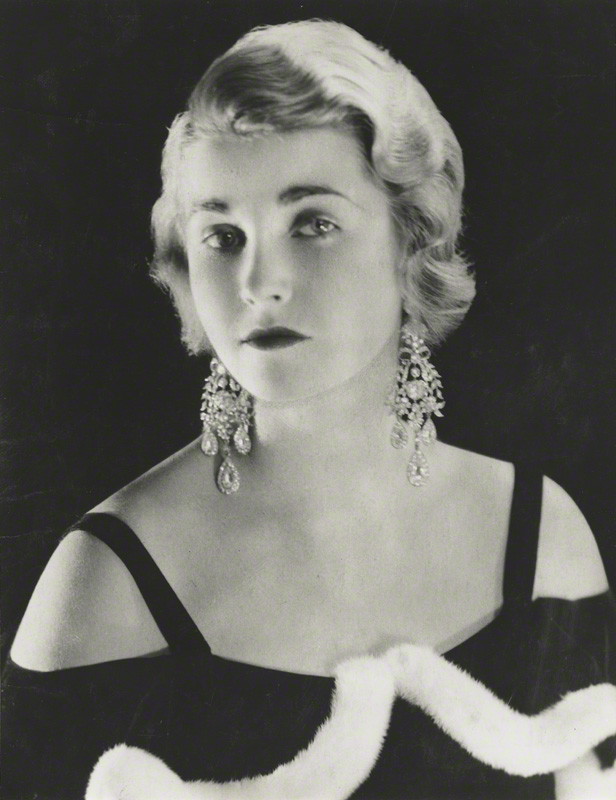
“Doris, What ARE you doing with one of Barbara’s earrings?” to the laughter of everyone, for Barbara’s taste for opulent jewelry was well known. Although fairly innocent, remarks like these about one inevitably got back to the other. Subtly, the seeds of distrust, competitiveness and jealousy were sown, though a strong veneer of friendship remained between the two of them.
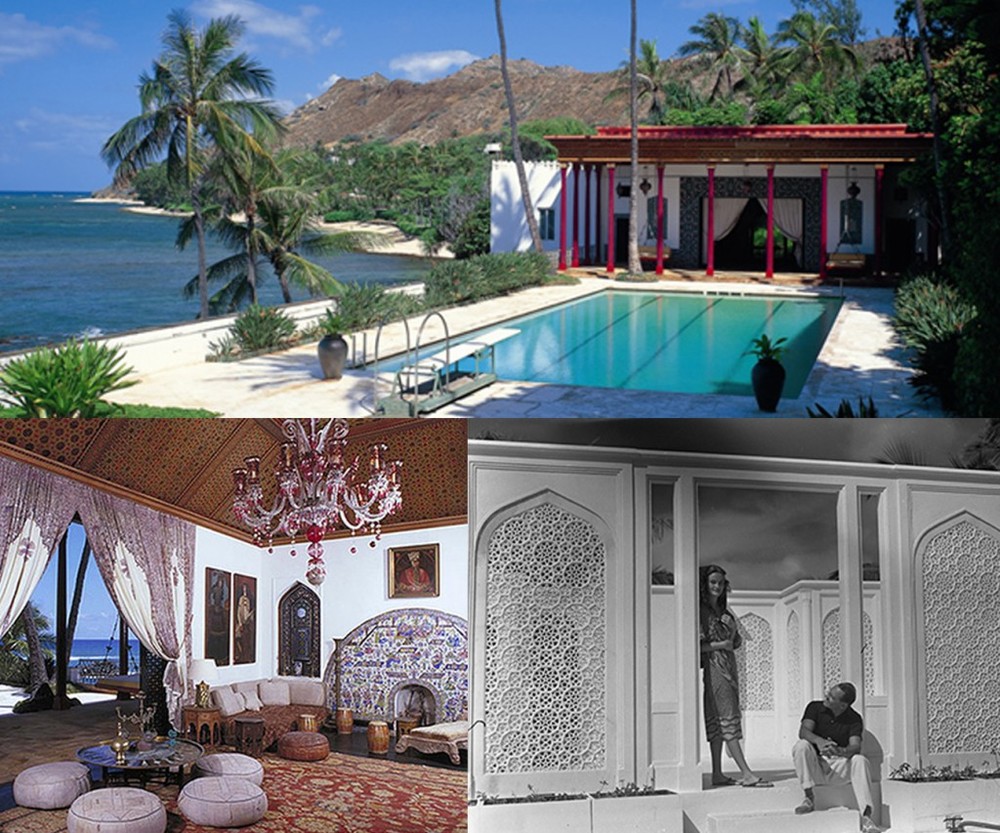
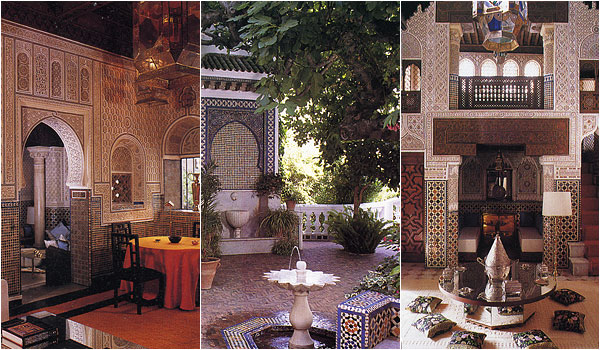
In 1936 Barbara gave birth to her son Lance in London. Although she nearly died from complications, he was a healthy vigorous child. Doris, naturally more healthy and athletic, had a daughter named Arden. Born premature and weak, the baby died 24 hours after her birth. The press delighted in comparing and contrasting the two, alternately depicting them as best friends, then rivals. Barbara married often, to titled Europeans and the movie star Cary Grant. Doris, after divorcing her husband James Cromwell, carried on affairs with her surfing instructor and others. Doris had a palatial Moroccan-style retreat built in Hawaii named Shangri La. Incorporating architectural elements from Middle Eastern palaces, it housed her priceless collection of Islamic art. To add a touch of authenticity she imported a pair of camels to wander about the lawn. On the other side of the world, Barbara bought an 16th century palace in Tangier named Sidi Hosni which she filled with another trove of middle eastern art and antiques, including a million dollar jewel-encrusted tapestry, where she threw legendary parties mixing European aristocrats and Bedouin tribesmen, who brought their own camels.

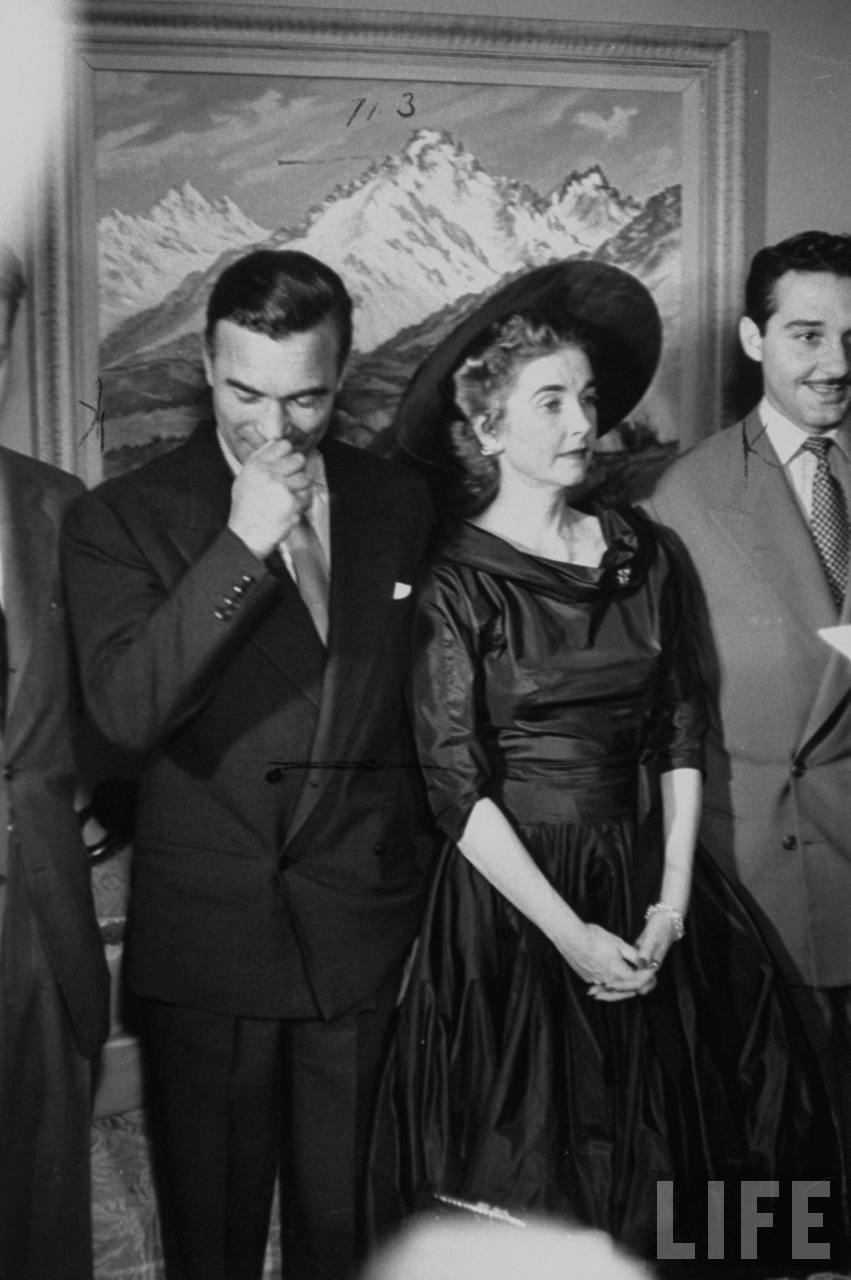
In 1947 Doris married the notoriously endowed Dominican Playboy Porfirio Rubirosa. Aside from her having a large fortune and him needing one, it was an obvious mismatch, lasting only 2 years. When they divorced, Doris gave Rubi a string of polo ponies, a converted B-52 bomber, several expensive sports cars and a townhouse in Paris as parting gifts, to compensate for the measly $500,000 cash settlement her shrewd lawyers had negotiated in their pre-nup. Several years later, Rubi, low on funds and in a spat with his current lover Zsa Zsa Gabor, set his sights on Barbara. Recently divorced from her fourth husband, she was increasingly fragile and easily manipulated. Swept off her feet by his attentions, she agreed to marry him. Her relatives were outraged. Her aunt Jessie Donohue urged her to call her old friend Doris get an honest unvarnished appraisal of the man, confident she would talk some sense into Barbara and set the record straight. Barbara did, and dutifully reported back to her aunt that Doris had assured her Rubi was a perfect gentleman and delightful companion.The marriage lasted 53 days, costing Barbara $3.5 million, a coffee plantation in the Dominican Republic, another converted B-52 bomber, and a great deal of worldwide public humiliation. Was Doris quietly grinning as she purred condolences to Barbara over the phone?
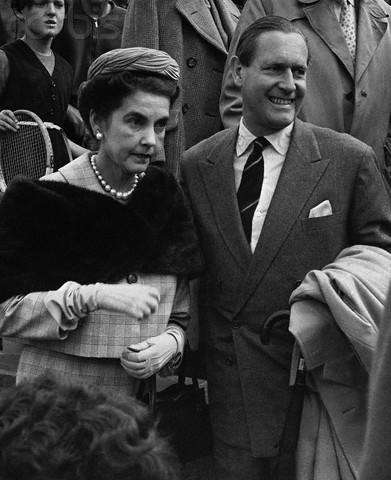

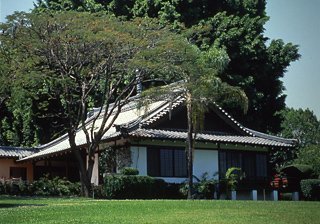
As the years progressed, their roles in the public’s eye reversed. Barbara, addicted to alcohol and barbiturates, began to age rapidly, looking older than her years. Doris, retaining her lean athletic frame and strong angled features, wore the bright styles and dramatic hairstyles of the 60’s well. Barbara began to resemble a relic from another time, while Doris embodied the public persona of a glamorous international jetsetter. At one point Barbara, divorced from husband number six, was feeling disconsolate and on the edge. Doris, perhaps feeling guilty about her role in the whole Rubirosa contretemps, offered Barbara the use of Shangri La as a retreat. Barbara accepted, and flew to Hawaii for some rest and recuperation. After a couple of weeks there, feeling a burst of energy and enthusiasm, Barbara looked around and decided that she would do Doris a favor and freshen up the place a bit. Doris’s priceless Islamic antiques and ornate middle-eastern style furnishings were carted off, replaced with more minimal and modern looking Japanese pieces. When finished, the interiors of Shangri La looked remarkably similar to those at Sumiya, Barbara’s Japanese style home in Cuernavaca. Doris returned, took one look and was outraged. The two stopped talking, and Doris told everyone she knew that Barbara had indeed “gone over the edge”.
That expression was of course relative in their world and soon enough, Barbara had her chance to have the last word. Doris was driving home from a party in Newport one evening in 1966 with a friend Edward Tirella, an interior decorator who was doing some work for her at Rough Point. When Tirella got out of the car to open the gates of the estate, Doris’s foot (according to her testimony) accidentally slipped off the brake and onto the gas. The car leapt forward, crushing Tirella against the gates, killing him. While the official investigation deemed the whole affair an unfortunate accident and a $75,000 payment kept Tirella’s family from filing a wrongful death suit, the press asked Barbara her opinion. “Perhaps Doris didn’t like his taste”, Barbara archly quipped, “She certainly didn’t care for mine.” And thus the friendship officially ended.
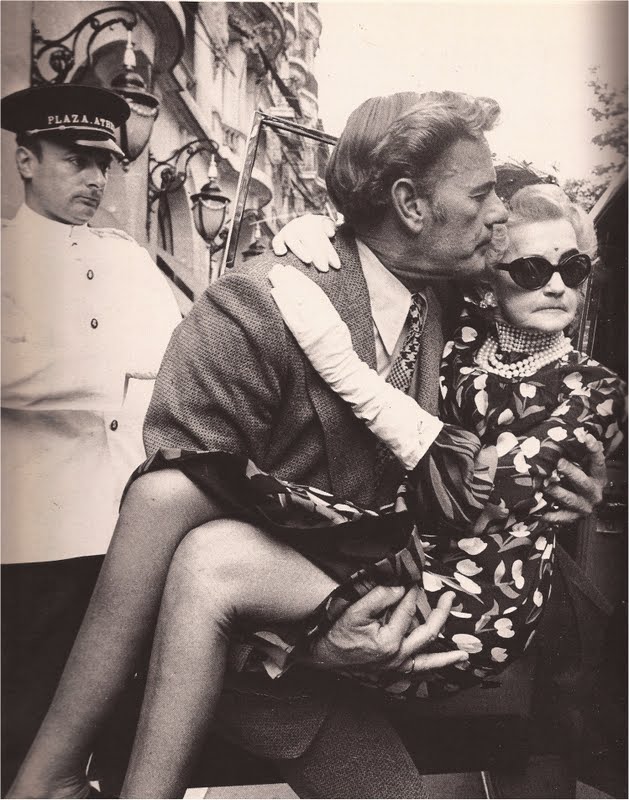
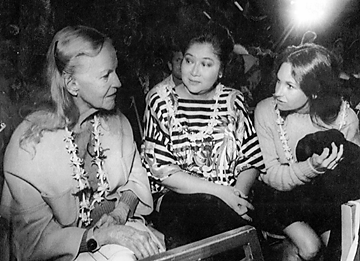
Barbara carried on for another decade, her behavior increasingly erratic and bizarre. She eventually stopped walking on her own, claiming she could pay others to do it for her and demanded to be carried everywhere. She burned through most of her fortune, and died of a heart attack in her suite at the Beverly Wilshire Hotel in 1979, bedridden and withdrawn from the world. Doris, whose fortune had been wisely managed (growing to over a billion dollars), continued to be active, living grandly for several more decades with an ever increasingly motley retinue in tow, including Imelda Marcos, a thirty-seven year old belly dancer whom she eventually adopted, and the two camels, which she had flown between her residences, depending on where she happened to be staying at the time. Eventually, her alcoholic Irish butler Bernard Lafferty managed to isolate and many say, drug her. Although her fortune remained intact, she grew increasingly paranoid, and mistrustful of everyone but Lafferty. She ultimately shared a similar fate as her frenemy Barbara, when she died bedridden, cut off from her friends and the world, under slightly suspect circumstances in 1993.

